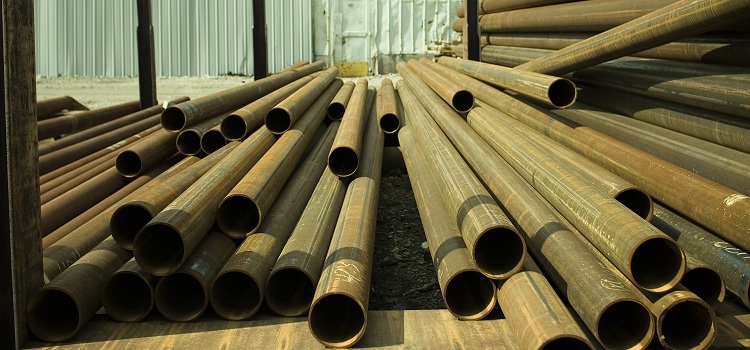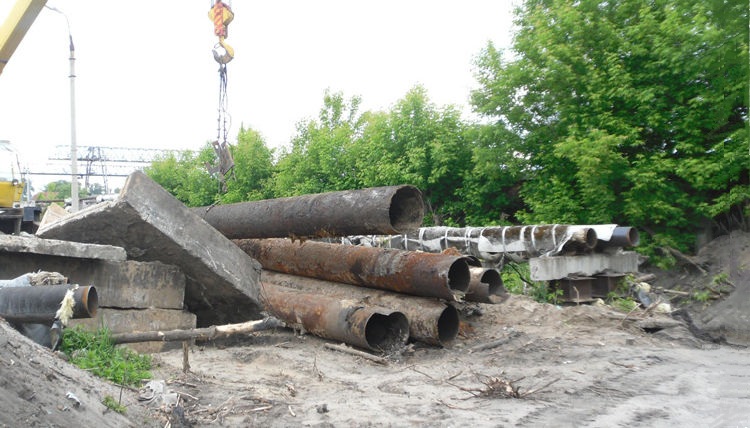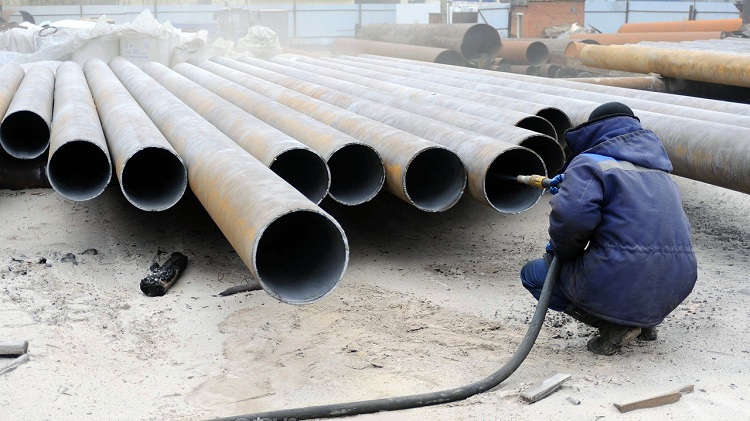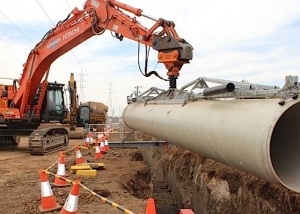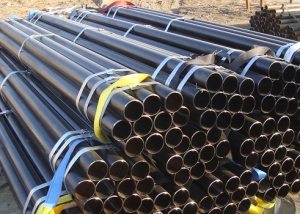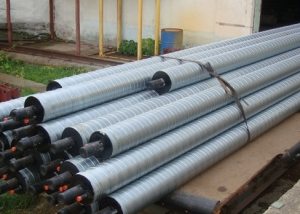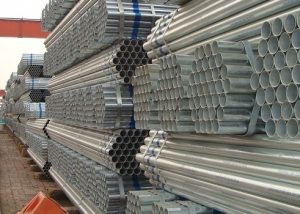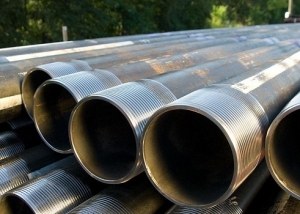A stale pipe is a product that was not used and was in storage. The shelf life after which the pipe is recognized as stale is not defined. Usually we are talking about two to three years. In order to classify products as stale, rather than new, not only storage periods are important. The deterioration of the presentation and, consequently, the cost of parts is affected by the conditions in which the pipes were contained. Violations made during transportation and storage also matter.
Content
Stale pipe: benefits and risks of use
A pipe that has been in storage for quite a long time is considered stale. Such products can be purchased at a price 10-20% less than it is installed on new ones of the same diameter. If a stale pipe of acceptable quality is needed for a particular purpose, only certified products should be sought. The certificate is issued after a series of mandatory procedures, which include:
- Visual inspection by a competent specialist.
- Testing for viscosity and fluidity of material, strength and bending.
- If necessary, ultrasound diagnostics using sensors.
Having bought an uncertified product, you will have to independently bear the costs of determining its real quality.
In all cases when it is planned to use a stale pipe, the following circumstance should be taken into account. It is known that metal in products not subjected to exploitation is capable of unpredictably changing its properties. He can serve for many years, and show the most incredible defects. Many experts, however, categorically deny the statement made.
It's important to know! A stale pipe is categorically not recommended for use in pipelines under pressure.
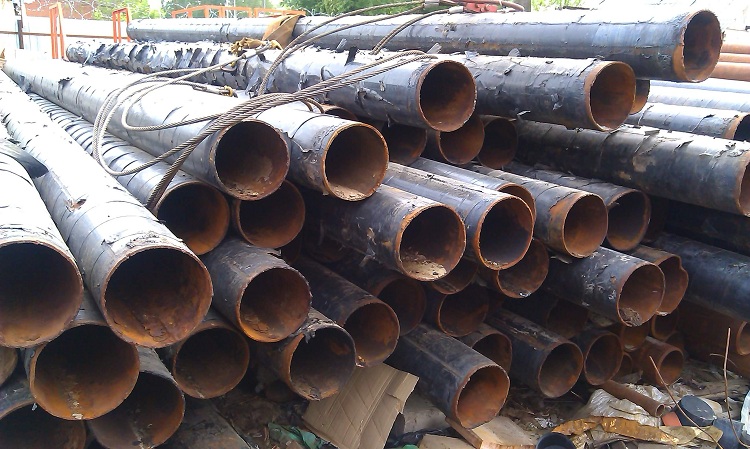
External defects of stale pipes are visible to the naked eye, and diagnostics using instruments are required to detect internal damage
Restored pipe: sources of origin
Aiming for greater savings, you can buy used products. After all, a product in perfect condition is not always required. About second-hand products, you can make a certain judgment, having received only information about the initial use. According to this parameter, the following product separation is accepted:
- out of gas. They are offered most often, since they are better preserved. For the manufacture of take low alloy steel, resistant to aggressive external environments. They are covered with film insulation, which protects the surface reliably. Such insulation is difficult to separate;
- from under the oil. It is cheaper than that used in gas pipelines. Requires mandatory washing to remove residual oil products;
- from under light petroleum products. Better and more expensive than those used in oil pipelines;
- from water pipes. Bitumen insulation often conceals corrosion, sometimes penetrating through the pipe. The inner surface may have sinks. The cost is the lowest, any assurances of sellers in quality are built on a shaky basis;
- from heating systems and hot water supply. They come across not bad ones, since for their production in accordance with GOSTs it is required to use high-quality metal.
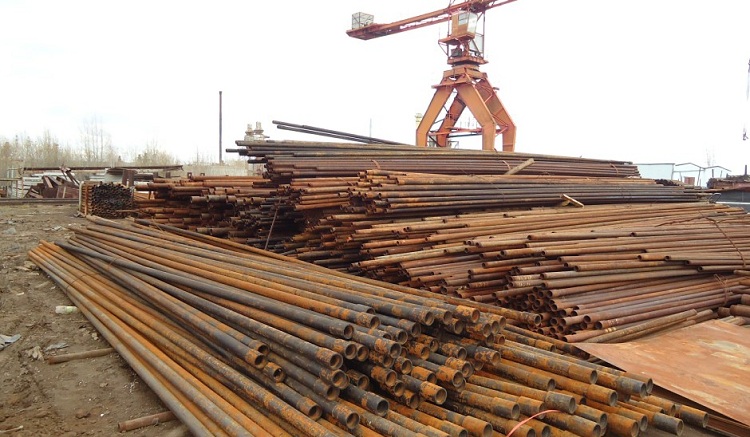
You can purchase pipes that were not previously in use, and those that previously worked as part of a gas, water, oil pipeline
What affects the quality of the stale pipe
Not new, not mechanically processed, not used product with time loses its presentation. Nevertheless, its price is set higher than for the restored one. There is a high probability of falsification of a quality certificate or its absence at all. In addition to the initial use (or non-use), a combination of many factors affects quality. The concept of ordinary quality, often used by sellers, does not carry a semantic load. It is only intended to hide the true state of the goods offered. The terms of operation also clarify a little in the level of product quality. Factors that have a primary influence on the quality of pipes that have been in operation include:
- the nature of the environment where the pipeline was used;
- level of aggressiveness of transported products;
- the period when the pipeline did not work, but simply lay subject to the destructive effects of water condensate;
- state of cathodic protection. Any errors in its application are fraught with the emergence of stray currents that quickly and easily destroy the pipe;
- landscape of the area where the pipeline ran. Water accumulating in the lowlands quickly turns pipes into rotten ones. And on uneven terrain, they acquire a significant bend;
- dismantling. Dents from impact by the bucket of the excavator, damage during loading and transportation on the road are not excluded.
Restored pipe: how restoration is carried out
If defects of the used product are not visible to the naked eye, they will be shown by sandblasting. If the pipe restoration is carried out properly, it will be necessary to overcome more than one stage of restoration work:
- visual culling. On a suspicious product, the insulation is removed in several places, checking the quality of the metal;
- straightening of mechanical deformations, straightening of bends and dents;
- cleaning up. First, the old insulation and the remaining coatings, accumulated dirt, are removed from the outside. Then they treat the inner surface;
- trimming mechanically. External chamfers are removed, the ends of the pipe are cut, burrs are removed, the edge is machined;
- coating with insulating materials or primer.
To restore a product that has been used for many years in an aggressive environment is not always possible easily and quickly. But the result justifies the costs: a pipe restored in its characteristics is almost as good as a new one. Moreover, its cost is significantly lower.
On a note! The use of such products, based on the ratio of price and quality, seems justified and beneficial in many cases.
Where is the reconditioned pipe used
Refurbished products are most widely used. Naturally, their use is excluded where the structures are subjected to high pressure. In other cases, they can serve for a very long time:
- as supports, piles, uprights or poles;
- as cases and external protection for cables, etc .;
- in road construction and pontoons;
- in technical pipelines and industrial sewers;
- for pumping pulp or water not under high pressure.
The use of stale (and reinstated reckoned) pipes seems appropriate. It is permissible in terms of technical characteristics and cost-effective, taking into account economic indicators.It is cheaper to carry out a visual inspection and simple cleaning, restoring the product’s performance than sending it for recycling and re-melting.
